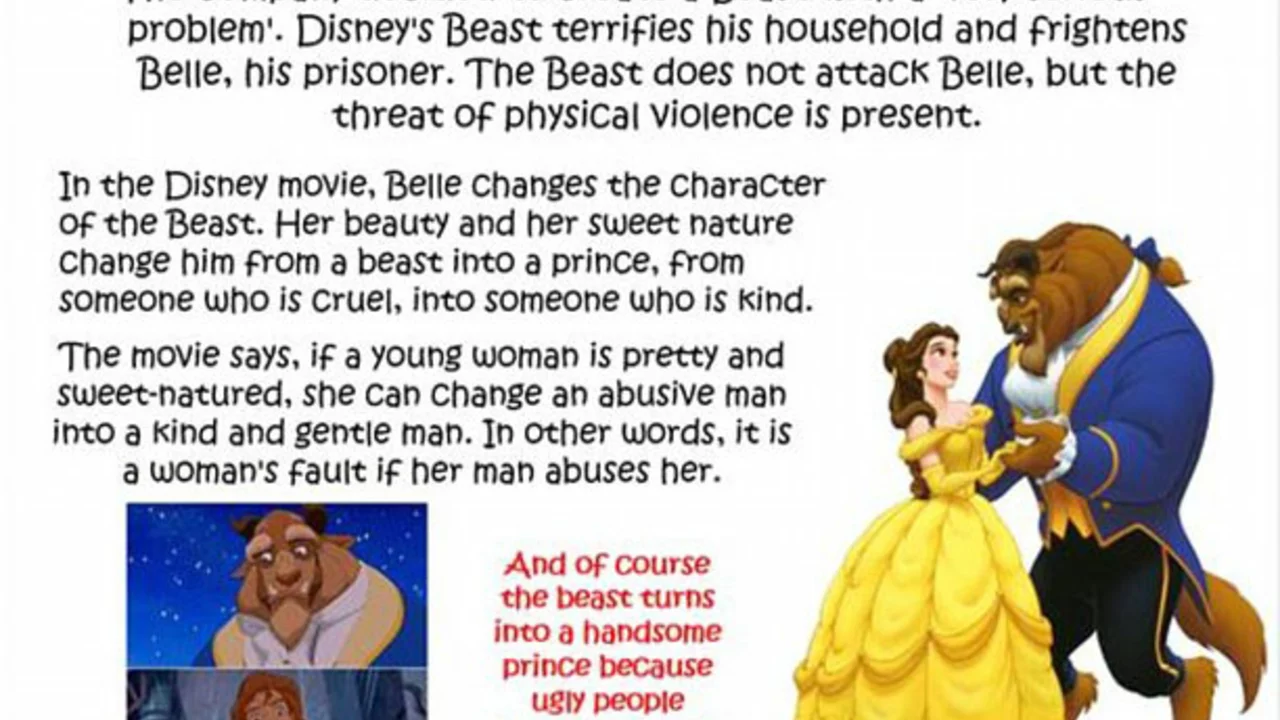
The Origin of Beauty and the Beast
Every tale as old as time has an origin. In this section, we will dive deep into the roots of Beauty and the Beast, a story that has been told and retold countless times in literature, theatre, and cinema. The tale of Beauty and the Beast is indeed as old as time itself. It is a tale that has passed from generation to generation, captivating the hearts of many with its timeless themes of love, sacrifice, and transformation.
The story itself is thought to have originated from a series of folk tales that date back at least 4,000 years, making it one of the oldest tales ever told. It is a tale that has survived the test of time, adapting to each era and enchanting audiences all over the world.
Beauty and the Beast in Literature
The first written version of Beauty and the Beast was penned by French novelist Gabrielle-Suzanne Barbot de Villeneuve and published in 1740. This version was a lengthy and complex narrative that included several subplots and themes, but it was the central storyline of a beautiful young woman who falls in love with a hideous beast that has become the most enduring and beloved.
The story was later abridged and rewritten by fellow French author Jeanne-Marie Leprince de Beaumont in 1756. This version, which simplified the plot and focused on the transformative power of love, is the version most familiar to modern audiences.
Beauty and the Beast on Stage
In the 18th and 19th centuries, the story of Beauty and the Beast was adapted into various theatrical productions, including plays, ballets, and operas. These stage adaptations brought the story to life in a new way, using music, dance, and spectacle to enhance the emotional impact of the tale.
Perhaps the most well-known stage adaptation is the Broadway musical, Beauty and the Beast, which premiered in 1994. The musical was a massive hit and ran for over a decade, solidifying the story's place in popular culture.
Beauty and the Beast on Screen
The tale of Beauty and the Beast has also been brought to life on the big screen. The most famous cinematic adaptation is, of course, Disney’s 1991 animated film. This beloved film introduced the tale to a new generation of viewers and is often credited with sparking a renewed interest in fairy tales and animation.
In 2017, Disney released a live-action adaptation of their animated classic, which was also a huge success. These film adaptations have cemented Beauty and the Beast as a cultural icon.
Modern Interpretations of Beauty and the Beast
Over the centuries, the story of Beauty and the Beast has evolved and been reinterpreted in various ways. Modern versions often challenge traditional gender roles and explore themes of personal growth and self-acceptance. Despite these changes, the core message of the story — that true beauty lies within — remains the same.
From novels to graphic novels, from TV series to video games, the tale of Beauty and the Beast continues to inspire and captivate audiences around the world.
The Timeless Appeal of Beauty and the Beast
So, why has Beauty and the Beast stood the test of time? What is it about this tale that has made it so enduring? The answer lies in its universal themes and timeless message. It is a story that speaks to the human condition, exploring themes of love, sacrifice, and transformation that resonate with audiences of all ages.
Whether it's the enchanting love story, the transformative power of acceptance, or the timeless message that true beauty lies within, Beauty and the Beast continues to captivate audiences, proving that this tale is indeed as old as time, and will continue to be told for generations to come.